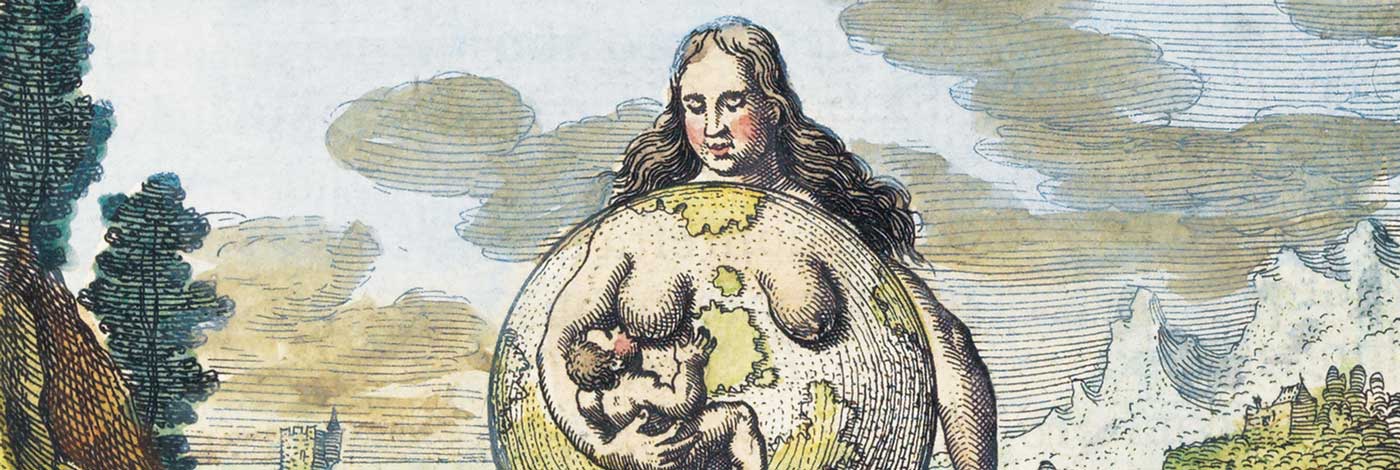
 Anthropozoologica
39 (1) - Pages 219-236
Anthropozoologica
39 (1) - Pages 219-236Relative to the earlier and later periods, in the Late Bronze Age the archaeozoological finds indicate a reduction in the husbandry and consumption of pig along the Levantine coast. As for the wild boar, it appears to have been hunted only rarely during the 3rd-1st millenia B.C. Ugarit (Late Bronze Age, Syria) stands out as an example : here the pig is totally absent while the boar was hunted and eaten. Is this example unique or typical of the Levantine societies of the late Bronze Age? Based upon the archaeozoological, iconographical and textual evidence, this study considers the problem of the role of pigs in the food economy and ideology of Ugarit. In a palace-dominated society, the boar hunt could be related to ritualised practices that have a mythological resonance in the cycle of Ba?al. By contrast, the non-consumption of pork in the area of the city itself may suggest a phenomenon that is more socio-cultural than religious.
Levant, Late Bronze Age, Ugarit, pig, boar, archaeology.